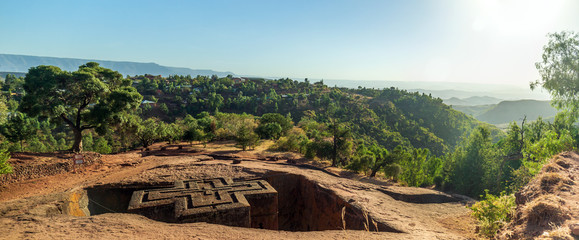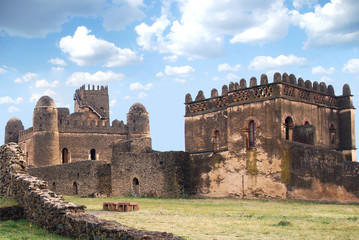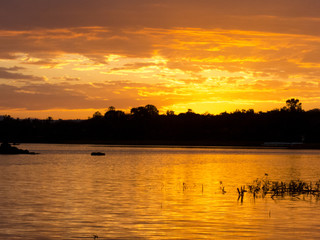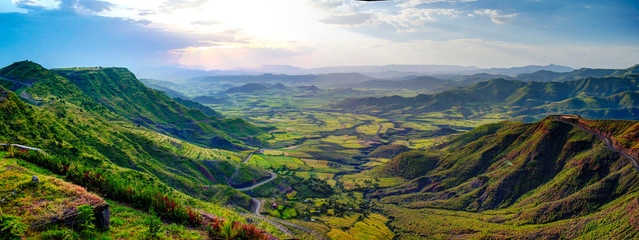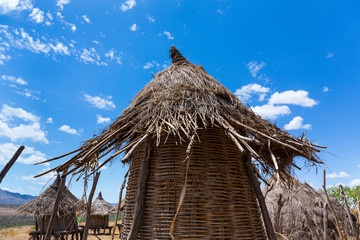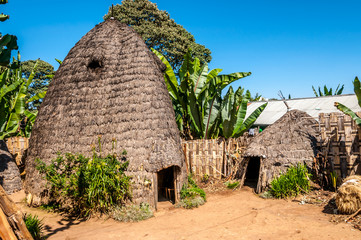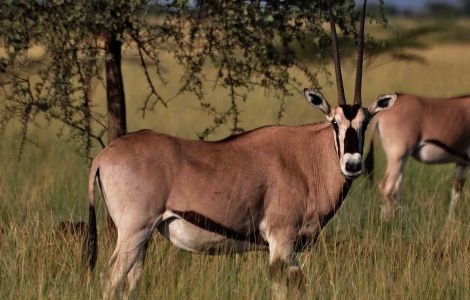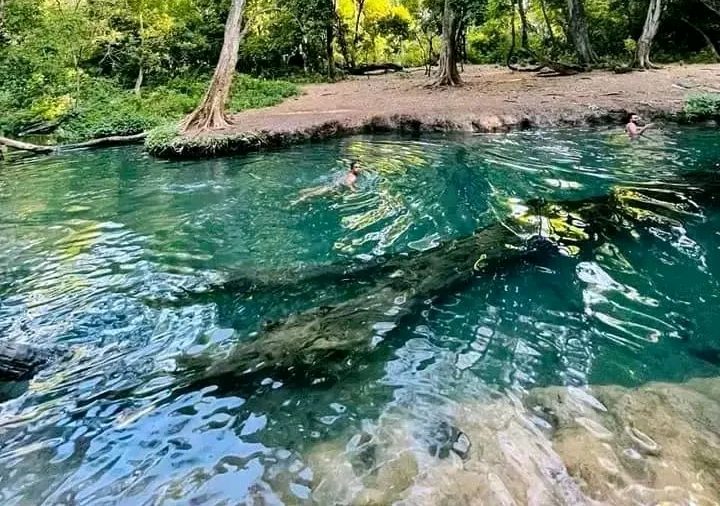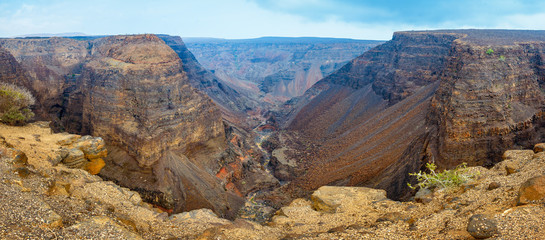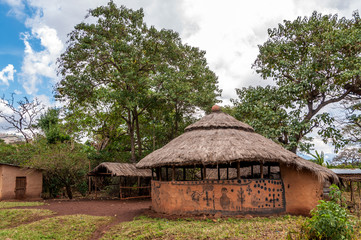Omo National Park is one of the national parks of Ethiopia. Located in the Southern Nations, Nationalities, and Peoples’ Region on the west bank of the Omo River, the park covers approximately 4,068 square kilometers, about 870 kilometers southwest of Addis Ababa; across the Omo is the Mago National Park. Although an airstrip was recently built near the park headquarters on the Mui River, this park is not easily reachable; the Lonely Planet guide Ethiopia and Eritrea describes Omo National Park as “Ethiopia’s most remote park.” It has long been one of the most remote parks in Ethiopia and travelling here can be incredibly tough – but never less than fascinating. Because there is virtually no tourist infrastructure within the park, you will need to be totally self-sufficient with your own food, camping gear and a reliable, fully-equipped 4WD vehicle. Are you a bird watcher? If so, this is by far your ultimate dream. Omo National Park is home to over 318 species of bird, one of which includes the rare black-winged lovebird. This is undoubtedly the most remote and unspoiled of all the Ethiopian National Parks and it is also the largest at 4,068 square kilometers. Wildlife here includes large herds of eland and buffalo, elephant, giraffe, cheetah, lion, leopard, burchel' zebra, lesser kudu, lelwel hartebeast oryx and the Colobus monkey.
Omo National Park is one of the national parks of Ethiopia. Located in the Southern Nations, Nationalities, and Peoples’ Region on the west bank of the Omo River, the park covers approximately 4,068 square kilometers, about 870 kilometers southwest of Addis Ababa; across the Omo is the Mago National Park. Although an airstrip was recently built near the park headquarters on the Mui River, this park is not easily reachable; the Lonely Planet guide Ethiopia and Eritrea describes Omo National Park as “Ethiopia’s most remote park.”
It has long been one of the most remote parks in Ethiopia and travelling here can be incredibly tough – but never less than fascinating. Because there is virtually no tourist infrastructure within the park, you will need to be totally self-sufficient with your own food, camping gear and a reliable, fully-equipped 4WD vehicle.
Are you a bird watcher? If so, this is by far your ultimate dream. Omo National Park is home to over 318 species of bird, one of which includes the rare black-winged lovebird. This is undoubtedly the most remote and unspoiled of all the Ethiopian National Parks and it is also the largest at 4,068 square kilometers.
Wildlife here includes large herds of eland and buffalo, elephant, giraffe, cheetah, lion, leopard, burchel’ zebra, lesser kudu, lelwel hartebeast oryx and the Colobus monkey.

